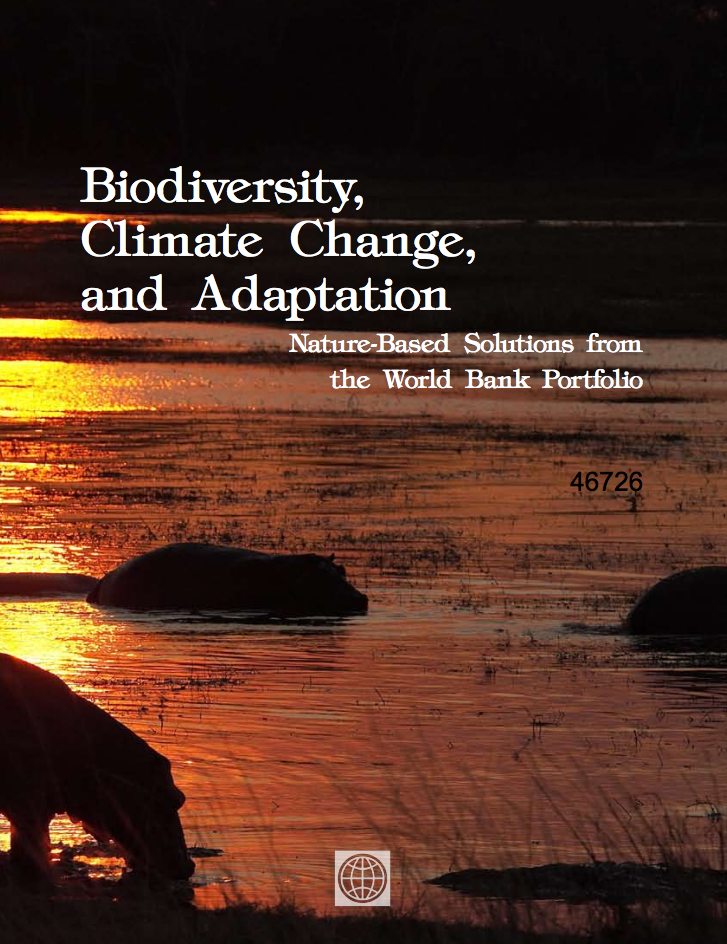Vietnam Business : Vietnam Development Report 2006
Business development has been one of the main forces behind rapid poverty reduction in Vietnam. Together with the redistribution of agricultural land, and the broad coverage of social services, it allowed a large fraction of the population to engage in more productive occupations and raise their living standards. But businesses are still struggling with important constraints.


